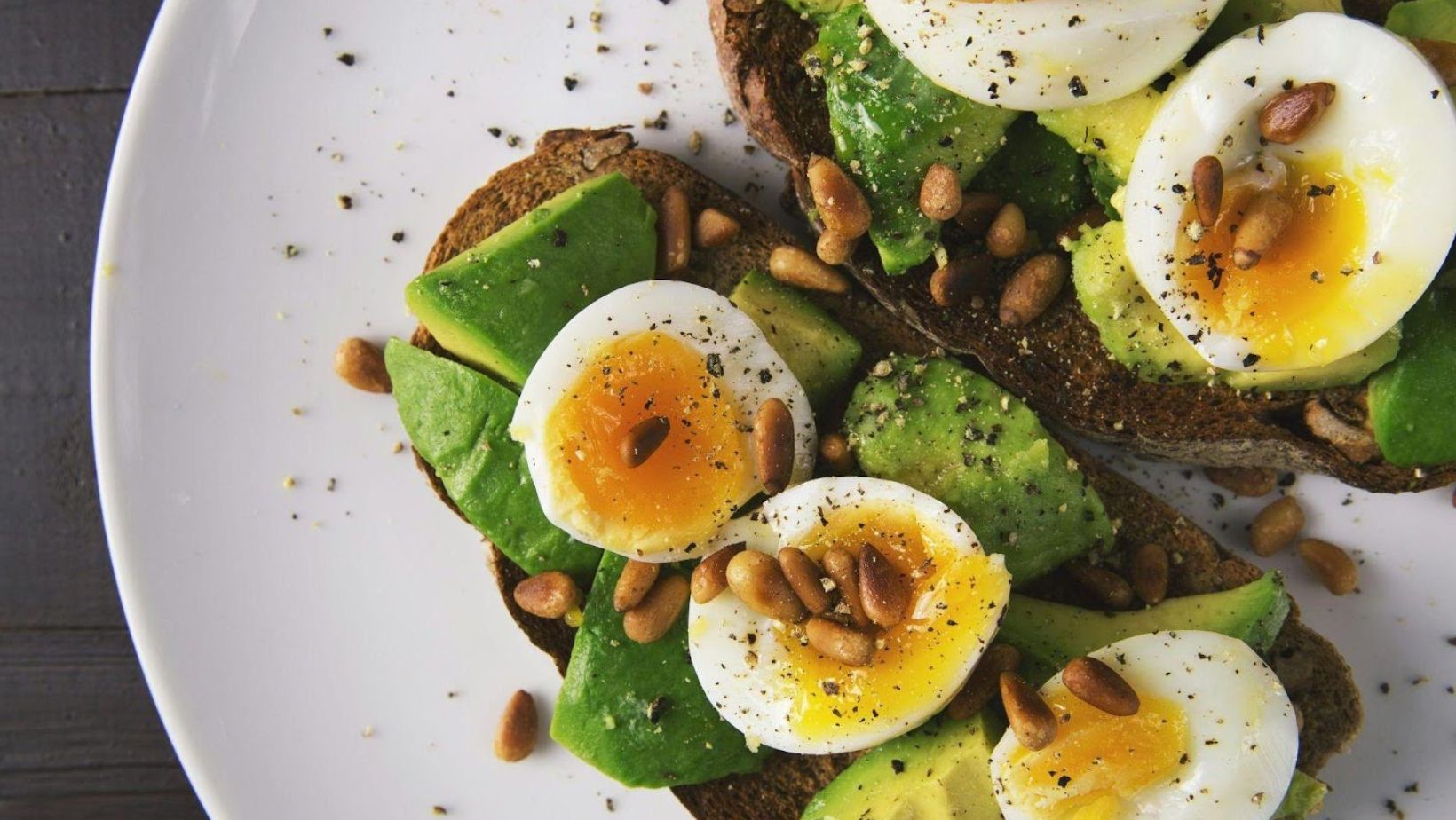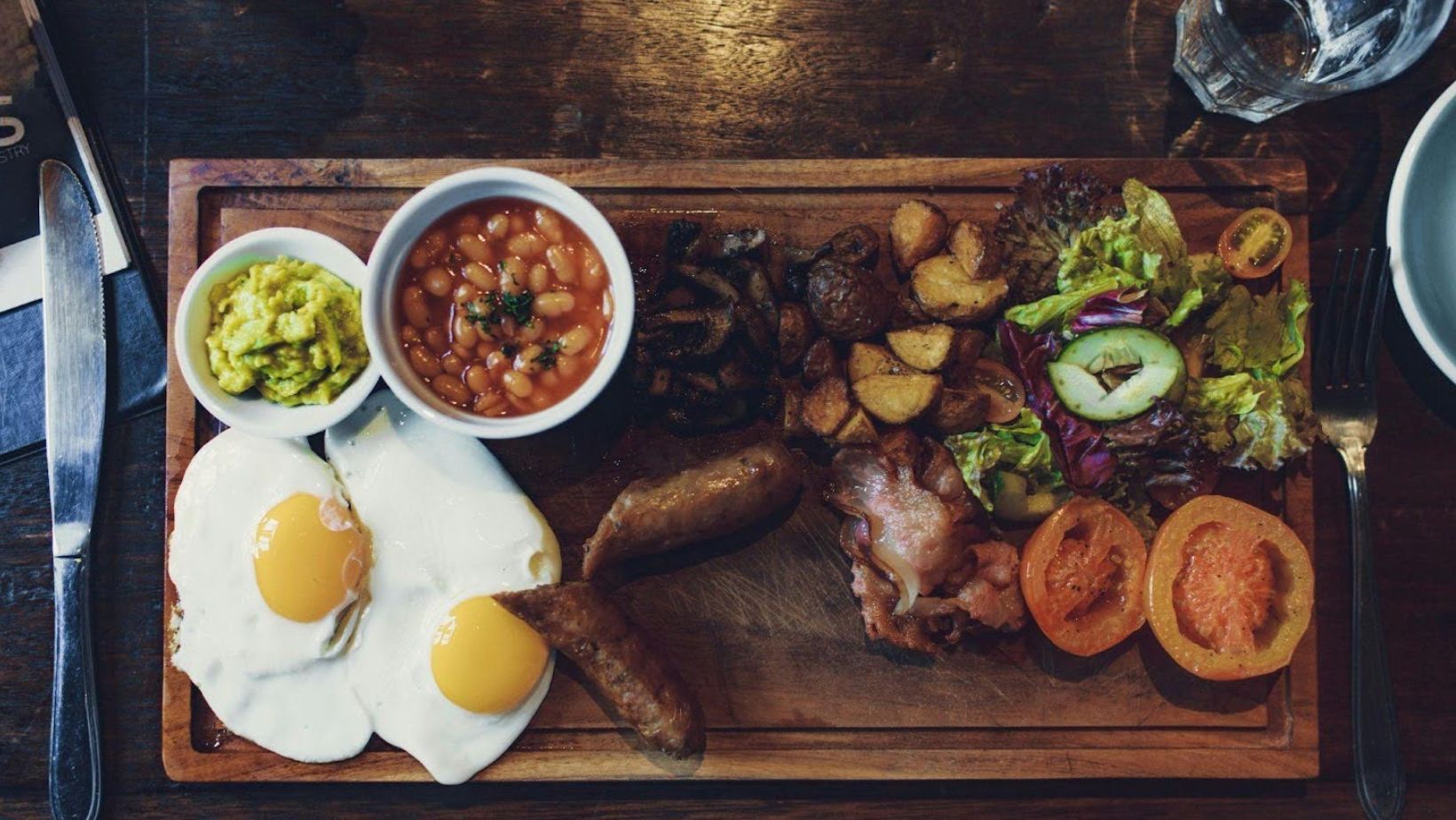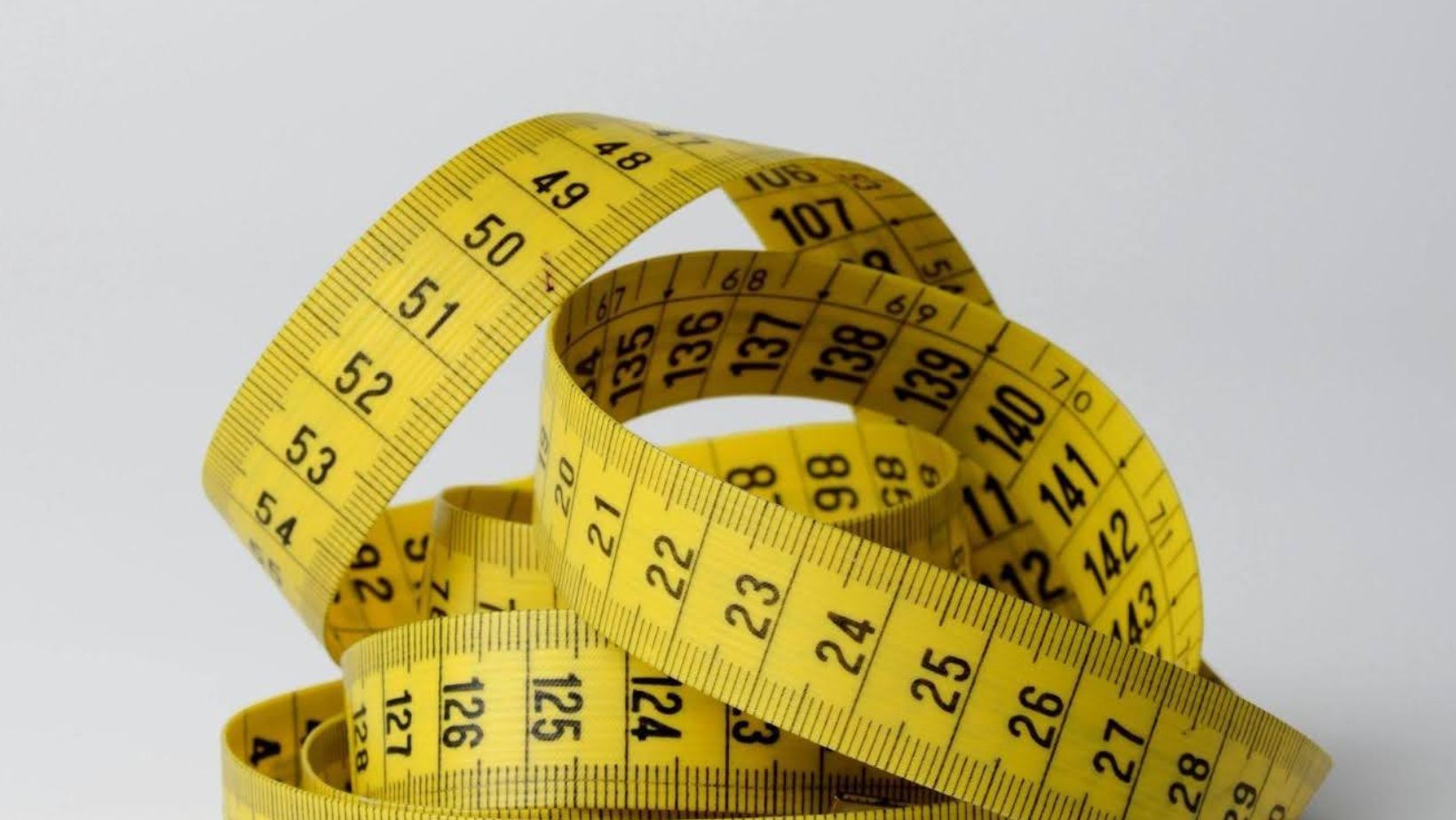Reasons vary as to why someone may be seeking weight gain. Perhaps they are underweight, looking to build muscle mass, have a fast metabolism, or need to gain weight due to unwanted losses when recovering from illness or surgery. Either way, a common theme among many is that they want to gain healthy weight. But what is healthy weight and how does one go about ensuring they are gaining it? Continue reading below to find out.
Nourishing the Gains: Your Guide to Healthy Weight Gain
What is Healthy Weight Gain?

Not everyone who seeks weight gain employs healthy practices along the way. And it’s not always their fault. Perhaps they were misinformed or were never taught in the first place what healthy weight gain is. Or perhaps they don’t care. There is the concept of “I’m just eating as much as possible” or “I’m eating the highest calorie-containing foods”, however these approaches are rarely the healthiest. While increasing total food intake and total caloric intake are key ingredients in the pursuit of gaining weight, it does matter what the nutritional content is especially if health, wellness, and sustainability are important to you.
Kat Benson, CSSD, CPT at Vnutrition says: Healthy weight gain can be described as gradually increasing in body weight with a ratio more favorable to muscle gain vs. fat gain. It also means that most of the calories consumed are nutrient-dense and provide a plethora of vitamins and minerals to optimize daily body processes and functions. Further, it means having appropriate amounts of macronutrients, fiber, and healthy fats to support things like heart health, digestive health, and reducing chronic disease risk. While the rate of weight gain varies person to person, a realistic average to consider is 1-2 lbs per week. If we’re specially targeting muscle gain, it’s possible to gain 0.5-2% of one’s body weight in muscle per month. Oftentimes this equates to 1-2 lb muscle per month. Of course, this will vary based on factors like a person’s genetics, age, sex, training regimen, and nutrition habits.
Understanding a Calorie Surplus and The Different Ways We Burn Calories:

Being in a calorie surplus simply means eating more than what you expend in a day. So if your body requires 3,000 calories/day to maintain weight, you need to be eating above that. A calorie surplus gives the body additional substrates to use in tissue building, over time leading to weight gain.
There are several ways we expend calories throughout the day. The biggest being through our basal metabolic rate, which represents the number of calories we need to maintain basic physiological functions, such as breathing, fidgeting, keeping our heart beating, and cell production.
Other ways we burn calories are through the thermic effect of food (digesting and absorbing the food we eat), intentional exercise, and non-exercise activity, such as running errands, doing chores, or walking up stairs. It’s important we eat enough total calories to support these things and in the pursuit of weight gain, eat more than what these things calorically require.
Nutrient-Dense Foods for Weight Gain:

Rachel Gargano, MS, RD, CSSD, CBS at Live it Up adds: The difference between “calorie-dense” and “nutrient-dense” is in the name. A food high in calories but low in nutrients would be described as “calorie-dense”. Think: cake, potato chips, cheese pizza. But a food that is “nutrient-dense” is packed with a lot of nutrients for overall health and wellness.
Think: fruits, vegetables, legumes, healthy fats. Now, it is possible to have a combination of these and have something that is both caloric and nutrient dense. And that is the key to healthy weight gain. The way I describe a nutrient-dense snack to my clients is one that has at least two of the three macronutrients (carbohydrates, protein, and fat). So instead of just snacking on crackers, we add tuna to it. Or instead of just an apple, we add nut butter to it. That way we increase the caloric and nutrient content of the snack, promoting both healthy weight gain and overall health and wellness.
Appropriate Meal Timing, Portion Size, and Balance of Macros for Healthy Weight Gain:

To make the most strides towards healthy weight gain, it’s important to set some sort of structure to intake throughout the day. Ideally we want to increase the amount of times we eat and the amount of calories we eat.
Some folks may prefer to eat three big meals and call it a day, but for those that stay too satiated too long, that approach can backfire in the efforts to increase total calorie intake. In these instances, I recommend eating smaller, more frequent meals. The more often we eat, the more opportunities we have to increase total calorie intake. We should aim to eat at minimum every 2-3 hours and aim to incorporate all three macronutrients at each meal and 2-3 macronutrients at each snack.
Take Advantage of Pre and Post Workout Fuel.

Consuming food around workouts is another opportunity to increase total calorie intake during the day. On top of that, it can help you get the most out of your workouts and recover well from them. We should be focusing on a carb-heavy snack about 15-30 minutes prior to a workout, consuming a carb during the workout if it’s moderate to high intensity and lasting around or longer than 90 minutes, and we should aim to consume a 3:1 ratio of carbohydrates to protein within 1-2 hours of a workout ending. The minimum protein intake post-workout should be 0.3 gm/kg of your body weight. So for an individual who is 200 lb, that’d be 27 gm protein.
Taking advantage of these recommendations may not only enhance your in-workout output, but also your recovery and muscle building capabilities post-workout. Refer to my article on “most foods to eat before a workout” for more specifics on timing and balance of nutrients to eat pre-workout.
Importance of Strength Training to Target Muscle Building

To gain muscle mass, not only do we need to be in a calorie surplus and get adequate protein, we also need to do some form of weight bearing activity. The most popular example that comes to mind is weight lifting.
But keep in mind that wearing a weighted vest while walking, running, or hiking is also considered weight bearing. Essentially, any movement that you do whilst carrying additional weight beyond your own body weight is considered a weight bearing activity. The reason why strength training (or weight bearing activity) is important for muscle growth is because it stimulates muscle protein synthesis. In other words, while lifting weights causes tiny tears in our muscle fibers, as we recover with the proper nutrients, those tears heal and grow larger over time, resulting in increased muscle mass.
Importance of Protein in Healthy Weight Gain

Protein is an essential nutrient for muscle maintenance and growth. It is made up of amino acids, which are known as the building blocks needed for muscle repair and growth (among other things).
Note that our body produces eleven non-essential amino acids on its own but we need to consume the nine essential amino acids from food. Animal foods and a select handful of plant foods contain all the essential amino acids and it is possible to get them all from combining certain plant foods that aren’t “complete proteins” on their own. It is advantageous to eat protein at every meal and after workouts if you’re looking to enhance muscle building opportunities throughout the day.
4 Tips for Gaining Healthy Weight:

- Don’t skip meals- skipping meals greatly decreases our opportunity to increase total calorie intake across the day.
- Snack often- building in snacks between meals encourages an increase in total nutrient and caloric intake.
- Drink calories- no, I don’t mean beer. But sipping on more than just water can keep you hydrated and provide additional calories throughout the day. Examples of beverages that are both hydrating and provide calories include cow’s milk, 100% juice, and kombucha.
- Incorporate a bedtime snack- focusing on a protein-rich snack prior to bed not only increases your total calorie intake for the day but provides you with additional amino acids that can further enhance your muscle repair and growth from workouts.
Ways to Monitor Weight Gain Progress:

In efforts to monitor healthy weight gain progress, I recommend folks do more than just step on a scale. The scale won’t tell you what exactly you’re gaining, so it can be beneficial to also take measurements, progress photos, monitor how clothes are fitting, and potentially get a body composition scan in order to get a fuller picture of what changes are happening in your body.
There are many body composition scan options out there but if you’re looking for the most accurate, I recommend finding a DEXA machine in your area to assess muscle vs. fat mass.
Limit getting body composition tests to 3-4 times/year, as it takes time for body composition to change.
8 Healthy Snack Ideas for Weight Gain:

- Greek yogurt with granola, fruit, and honey
- Smoothie with whole milk, peanut butter, frozen bananas, chia seeds, and protein powder
- Peanut butter and jelly sandwich
- Meat and cheese sandwich with hummus or pesto spread
- Tuna and crackers with a dip and cut veg
- Cut fruit with nut butter and cheese slices
- Rice cakes with nut butter, cottage cheese, and cinnamon
- Avocado toast with hard boiled eggs

